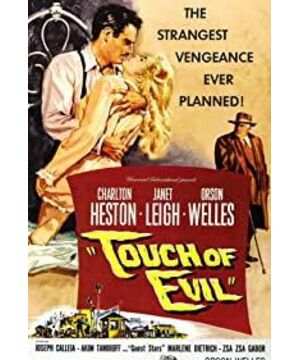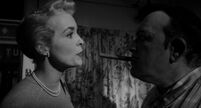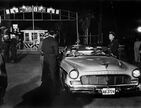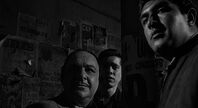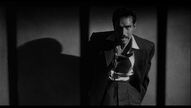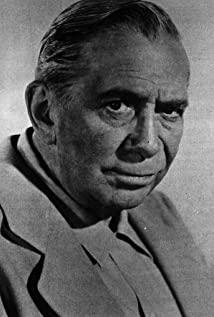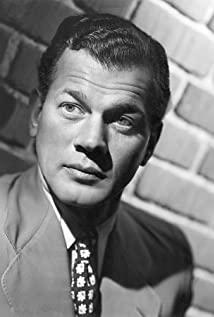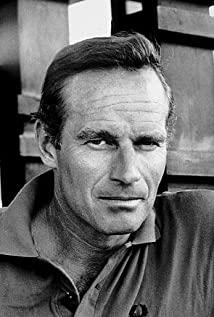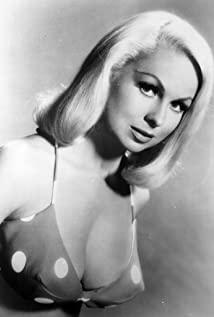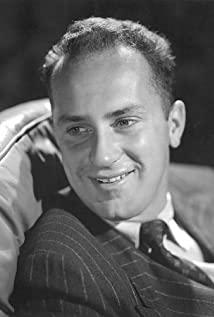"Lady in the Fall" is Orson Wells's last work in Hollywood, and it is also a milestone in film noir. He went to great lengths to gain freedom of shooting, and he even lowered his stance to establish a good relationship with the producer, but he was completely deprived of the editing rights in the final editing stage. Modified a fragmented version. Seeing that his efforts had been arbitrarily abused, Wells furiously wrote a 58-page memo denouncing the evil behavior of the film company, and pointed out his original expectations for the film in as much detail as possible. Unfortunately, this memo has since fallen to the ground. There was no sound, and it was not accidentally discovered until forty years later, so that the original appearance of this shocking masterpiece could be seen again. The editor of "Apocalypse Now", Walter Mucci, edited a version that most restored Wells' intentions based on this memo. Compared with the previous version, it made nearly 50 changes, mainly in the order of cross-editing and sound effects. In terms of use, the most commendable thing is to replace the original dramatic symphony with noisy environmental sound effects. Its sound design beyond the times has constructed a picture of illusory and real sound.
The famous 3 minutes and 20 seconds long shot at the beginning of the movie has been talked about by fans and critics for many years because of its ingenious conception and smooth scene scheduling. It was called "camera dance" by Bazin. However, the sound design of this lens is also very subtle. With a little attention, you can see that when the couple got in the car, the voice of the jazz soundtrack and drum beats suddenly weakened. However, when they started the car and left, a new jazz melody appeared and gradually increased the volume. We have reason to believe that the jazz that appeared at this time came from this car. Next, as the car drove to the border checkpoint and Vargos and Susan walked towards the border checkpoint, we could hear the whistle of the police, the noise of passers-by, the bleating of the sheep, the bar and the Noise from speakers in strip clubs, etc. These complex sounds create a chaotic but credible environmental space, because every environmental sound with or without sound source here conforms to our life experience. In addition, there are many shifts and changes in the voices and identities of movie characters realized by the intervention of audio technology. At the end of the movie, we can see from the process of Vargos eavesdropping on Quinlan and using recording equipment to collect Quinlan’s incriminating evidence. The recording device here separates the human voice from the body, and the audio technology allows the character’s identity at this time. A certain degree of displacement and transformation has taken place so that it becomes somewhat distorted. In this monitoring scene, Quinlan is speaking and Vargos is listening, and it is not until Quinlan hears his own echo from the tape recorder that he realizes that there may be other people nearby. What’s interesting is that at this time, the bodies of Vargos and Quinlan were separated and connected by the recording device. From this “technical alienation” effect, we intuitively felt that Wells created for us again. A strange and weird "surreal sound landscape", which also reflects its unique aesthetic pursuit of sound processing.
Vargos has always advocated resorting to the law, and the opposite is Quinlan, he did not hesitate to fabricate evidence in order to bring the suspect to justice. The latter is the negative character we usually sniff at, while the awe-inspiring justice of the former seems to be a positive character at first glance, but Wells did not put his emotions on Vargos, he puts more emphasis on the description. Going to the "wicked" Quinlan's side. In his opinion, "There is nothing more charming than a villain admitting that he is a villain... I believe that honesty cannot be used as an excuse for crime, but it will make crime very attractive and charming. This It has nothing to do with morality, it is a question of charm." "Character" (character) is a concept of aristocracy, just like "virtue" (virtue) is a concept of middle class". In other words, the virtue of middle class is a kind of "virtue" of justice messenger, while aristocracy is more A kind of "character." Obviously Quinlan represents the "character" of the aristocracy. It is innate and does not change with the environment. As an enforcer of law, he does not hesitate means and ignores the rules in order to achieve goals and objectives, but we cannot The negative is that his technique is indeed efficient and can save a lot of troubles that cannot be touched by the law. The most subtle design is that the ambiguous treatment at the end makes such a character who violates the law should be condemned to have some kind of "justice." In exchange for justice with tragic heroic sacrifices, the "good guy" who earnestly abides by the law is at a moral disadvantage. Wells has touched the gray area of the law, and the cross-section of the entanglement between good and evil is gradually being analyzed. Come out-can the law be equivalent to justice?-can the purpose rationalize the means? This is the final question raised by the film.
View more about Touch of Evil reviews


